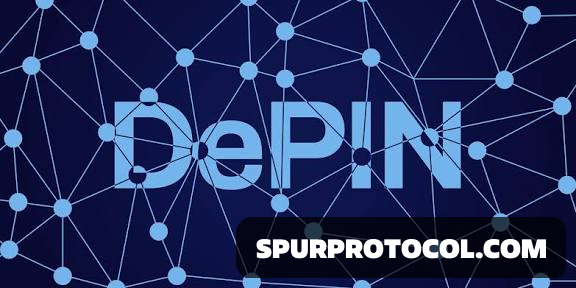The Rise Of DePIN: How Blockchain Is Decentralizing The Real World
From Wi-Fi to Power Grids: Decentralized Physical Infrastructure Networks (DePIN) are bridging the digital and physical worlds, offering verifiable and tokenized ownership of essential services.
Go Back

🕒 10:30 PM
📅 Nov 19, 2025
✍️ By k6924
The term DePIN (Decentralized Physical Infrastructure Networks) describes a revolutionary approach where blockchain technology is used to build, maintain, and operate real-world physical infrastructure. Instead of relying on centralized corporate giants, DePIN leverages cryptocurrency incentives to coordinate vast, distributed communities to collectively own and run networks.
What is DePIN?
Think of DePIN as the decentralized alternative to major telecoms, utility companies, or data centers. These networks are powered by individuals who contribute resources—whether that's sharing their internet connection, hosting a sensor, or operating a server—and are rewarded with native crypto tokens.
The core mechanisms are simple yet powerful:
• Token Incentives: Tokens act as a reward for setting up and operating infrastructure (e.g., placing a Wi-Fi hotspot in your window). This reduces initial capital costs compared to traditional, centralized models.
• Verifiable Infrastructure: Blockchain ensures that the infrastructure being built is real and operational. Data from these physical assets (like sensor readings or network uptime) is cryptographically verified and recorded on a ledger.
Key Examples in Action
DePIN projects already span multiple sectors:
• Wireless: Projects like Helium (HNT) incentivize people to deploy 5G hotspots, creating a globally distributed wireless network owned by its users.
• Energy & Mobility: Networks are emerging that allow peer-to-peer sharing of energy data or charge points for electric vehicles.
• Cloud Storage: Decentralized storage solutions offer cheaper and more resilient alternatives to centralized cloud providers.
The Paradigm Shift
DePIN represents a crucial shift from the Web2 model, where users simply consume services provided by a handful of large corporations, to a Web3 model, where users are actively engaged participants and owners of the very infrastructure they rely on.
This architecture offers major advantages:
• Lower Costs: Reduces operational costs due to collective, distributed effort.
• Censorship Resistance: Eliminates single points of failure, making the network more robust and difficult to shut down.
• Community Ownership: The value generated by the network accrues directly to the users and contributors, not just to shareholders.
As the DePIN sector matures, it is poised to disrupt industries worth trillions, proving that decentralized technology can govern and power the essential services of our physical lives.
